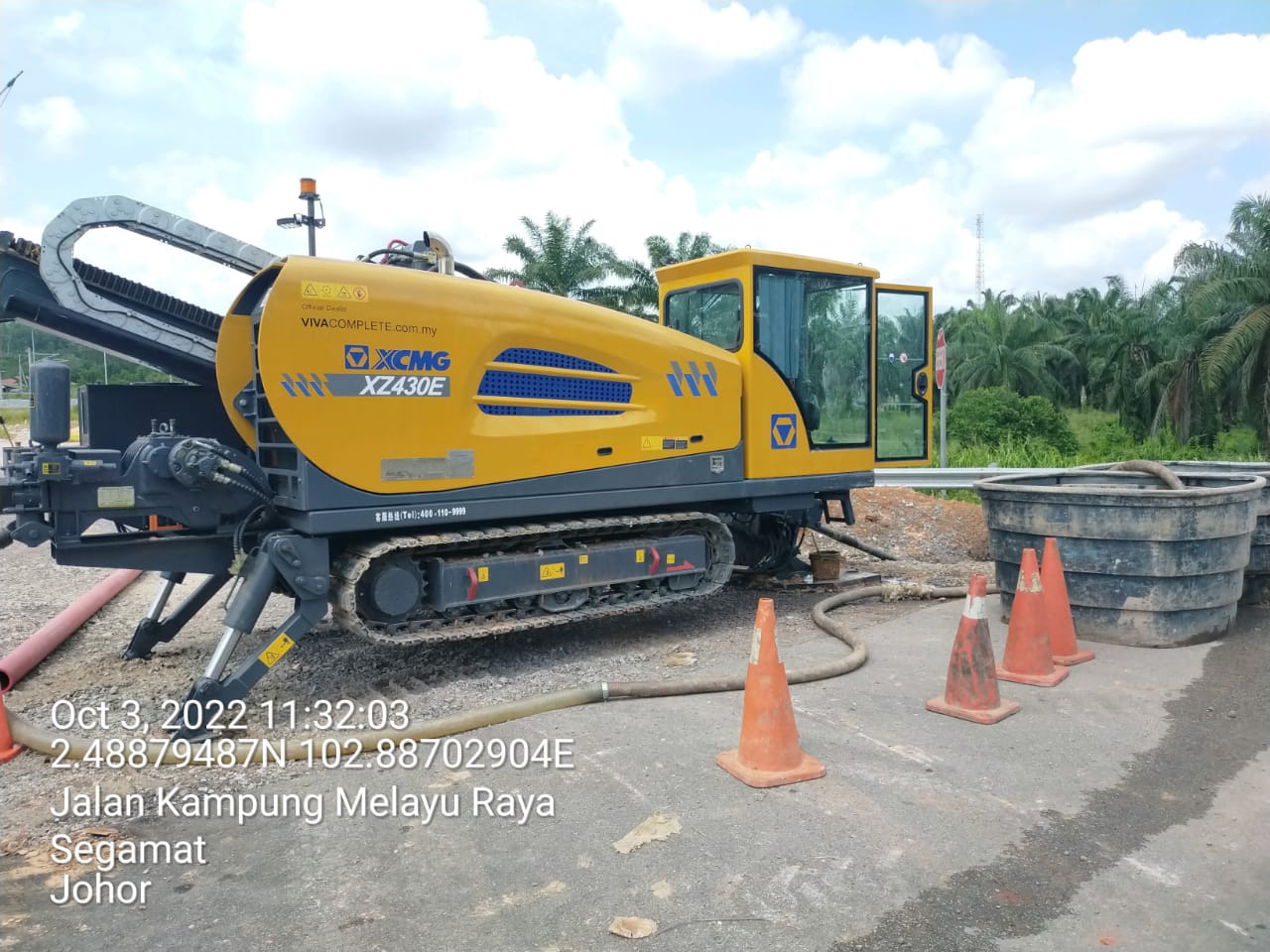In an era where productivity and accuracy are critical, directional drilling stands out as a transformative technique in multiple sectors, including oil and gas, utility services, and renewable resources. This cutting-edge drilling method enables operators to navigate underground with extraordinary accuracy, minimizing surface disruption while maximizing resource extraction and installation efficiency. For those unfamiliar with the concept, grasping what directional drilling entails is crucial, as it marks a notable advancement from traditional drilling practices.
This technology has come a long way, transitioning from simple vertical methods to sophisticated methods that allow for horizontal drilling and intricate bore paths. By understanding the distinctions between vertical and horizontal drilling, as well as the different forms of directional drilling, one can appreciate the benefits it provides. The capability to drill at multiple angles creates new opportunities for accessing resources that were previously challenging or hard to reach, showcasing its crucial role not only in the energy industry but also in city infrastructure and sustainable practices.
Overview of Slope Boring
Directional drilling is a complex borehole technique that allows for precise control over the tilt and orientation of boreholes. In contrast to traditional vertical drilling, which only allows for a straight path vertically, horizontal drilling allows engineers and drilling experts to reach specific reservoirs or installations from a distance. This ability is notably valuable in complex geological formations or when working in urban environments where surface disruption must be minimized.
One of the major advancements in horizontal drilling technology is the use of advanced sensors and tracking systems that provide immediate feedback on the drill's position and alignment. This technology boosts the precision of drilling operations, minimizing the risk of deviation from the desired path. As a result, directional drilling plays a essential role in various industries, including oil and gas, utilities, and renewable energy, allowing the efficient extraction or installation of resources while maintaining sustainability considerations.
The evolution of horizontal drilling has seen an increase in the application of horizontal drilling techniques, which have opened up fresh possibilities for resource extraction. This method allows operators to reach resources that were previously inaccessible, thus maximizing resource potential. Furthermore, by reducing the surface impacts and enabling multi-lateral well designs, horizontal drilling is creating opportunities for a more eco-friendly approach to infrastructure development and resource management.
Benefits and Advantages

Directional drilling techniques offers significant benefits over conventional drilling methods, especially its ability to minimize land disturbance. This is especially important in areas where land use is heavily regulated or sensitive ecosystems exist. By permitting various drilling locations to be accessed from a single entry point, directional drilling substantially lowers the amount of land that needs to be cleared. As a consequence, this method protects precious topsoil and habitat, leading to a more sustainable approach to extracting resources and utility installation.
An additional advantage of directional drilling is its effectiveness in both time and cost savings. Because this method can navigate around obstacles and reach various targets without the need for significant surface disruption, projects can be completed more quickly. This time efficiency leads to reduced labor costs and fewer equipment rental time, ultimately benefiting project budgets. Moreover, fewer resources are spent on reclaiming the land after drilling, which can often be a significant expense in conventional drilling projects.
Lastly, the technological innovations associated with directional drilling enhance its growing advantages. With Continue of advanced monitoring systems and drilling fluids, operators can achieve higher accuracy and efficiency in their drilling paths. This enhanced precision not just reduces the risk of costly mistakes but also ensures that drilling projects are finished to specifications the initial attempt. By harnessing the latest technology, directional drilling remains at the leading edge of environmentally responsible and economically viable resource management.
Emerging Trends in Directional Drilling
The prospects of directional boring is set for significant advancements driven by new technologies. Advancements in artificial intelligence and automation are changing conventional drilling practices, enabling improved accuracy and efficiency. With the integration of machine learning algorithms, drilling processes can now optimize live decisions, minimize downtime, and reduce the risk of costly mistakes. These advancements are not only boosting operational efficiency but also paving the way for more secure and more dependable drilling processes.
In furthermore to artificial intelligence, the growing reliance on advanced software and monitoring technologies is redefining how directional drilling projects are supervised. Enhanced bore tracking and monitoring systems provide teams with precise data on drilling trajectories, allowing for more effective planning and implementation. This real-time information ensures that drilling paths are optimally aligned with operational goals, especially in challenging environments or when working near critical locations. As these innovations continue to evolve, they will further streamline the drilling process and improve overall project results.
Moreover, the shift towards eco-friendly infrastructure requires that directional drilling increasingly supports environmentally sustainable practices. As sectors prioritize minimizing their ecological impact, the ability to drill with little surface disruption and reduced waste will become a critical factor. Directional drilling's benefits in navigating sensitive locations and reducing the impact on the environment will enhance its appeal in various industries, including clean energy and urban utility installations. This focus on environmental responsibility will drive innovation and investment in the directional drilling sector as it adjusts to meet the demands of the future.
